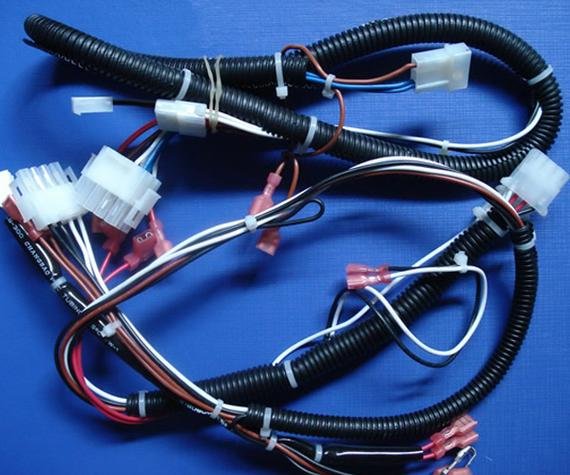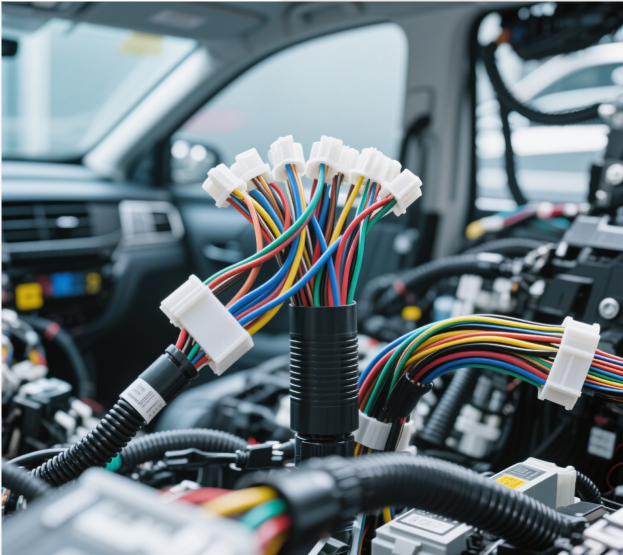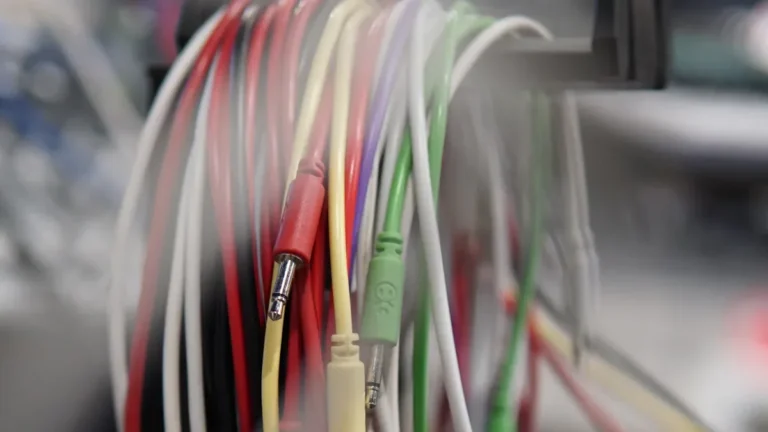Eliminate Fire Hazards: UL/CE Compliant Ha...
Reduce fire hazards in your kitchen with UL/CE compliant harnesses for high-heat appliances, ensuring safer operation and reliable fire protection.

Reduce fire hazards in your kitchen with UL/CE compliant harnesses for high-heat appliances, ensuring safer operation and reliable fire protection.

Reduce assembly time in white goods manufacturing with pre-kitted and modular harness systems for faster, error-free production and improved efficiency.

IATF 16949 Certified suppliers enable full traceability and quality control in EV wiring harness supply, supporting safety and regulatory compliance.

Compare leading Car Wiring Harness Manufacturer options for quality, price, customization, and wholesale support to find your best supplier.

See how a leading wire harness manufacturer uses AI, automation, and green materials to meet 2026 market demands and industry standards.

Top 10 wiring harness manufacturers in world for 2026 ranked by innovation, certifications, and global presence for automotive and industrial needs.

Choose the right wire harness manufacturing company with tips on experience, certifications, customization, service, and on-time delivery for your project.

Car wire harnesses use copper, aluminum, PVC, XLPE, nylon, and more for conductivity, flexibility, heat resistance, and cost efficiency in vehicles.

Wire Harness Assembly in automotive manufacturing involves precise steps to ensure safe, reliable connections and compliance with industry standards.

OEM vs aftermarket wire harness: Compare quality, cost, compatibility, and warranty to choose the best option for your vehicle or custom project.